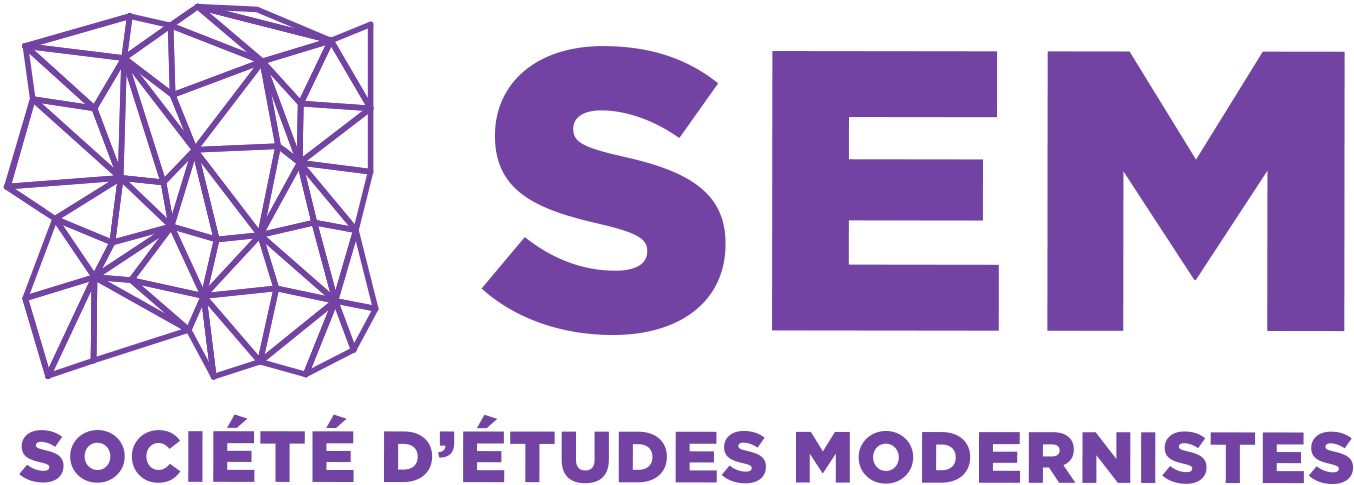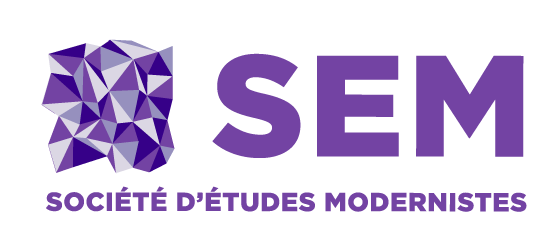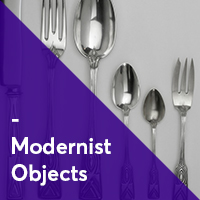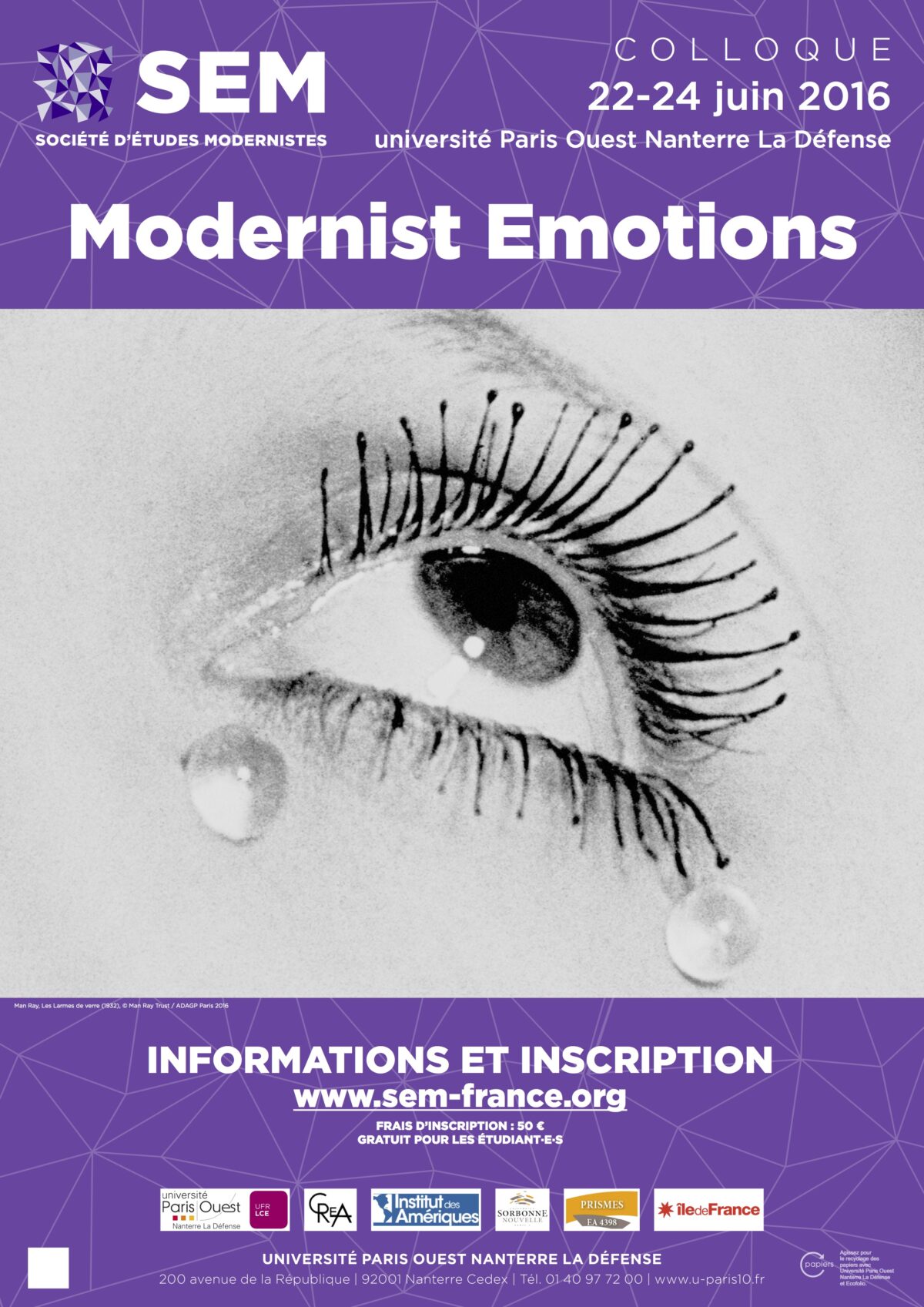Colloque initialement prévu au 24-27 juin 2019, reporté en 2022 en raison de la situation sanitaire
- Caroline Levine (Cornell University)
- Steve McCaffery (University at Buffalo, SUNY)
- Andrew Thacker (Nottingham Trent University)
In collaboration with: ERIBIA (Université Caen Normandie), Musée des Beaux-Arts Caen, Institut mémoires de l’édition contemporaine (IMEC), CREA (Université Paris Nanterre)
du 01 juin 2022 au 30 juin 2022
Lieu(x)
Université de Caen, Normandy, France
Call for Papers:
The interdisciplinary critical concept of structure emerged in the middle of the twentieth century, through critical theories (Claude Levi-Strauss, Marcel Mauss, Louis Althusser) and evolved toward post-structuralism. But the founding concept of structure dates to the linguistic principles established by Ferdinand de Saussure (1857- 1913), as he revised the notion of language as a structure of signs. How can the relationship from textual structure to physical structures be articulated today? Are modernist texts and creations inhabited by common structures (Caroline Levine in Forms, 2015)? How should transversal lines be conceptualized beyond or against a concept of unvarying structure (or an opposite universalism)? Modernist structures include relationships between: masculine/feminine/gender, colonizer/colonized, architectural/textual, East/West, Utopia/Dystopia, and the blending of genres, as well as contrasts between early and late modernisms and structuralism/post- structuralism. As postmodernists have sometimes acknowledged, modernism did not simply end in 1960. The dawning of the Anthropocene age suggests that the very idea of modernist structures also includes the painstaking realization of the cost of mechanized human activity.
Preceding World War I, the structural violence of mechanization is characteristic of Futurist Art (Jacob Epstein, Fernand Leger, Sonia and Robert Delauney, Henri Gaudier-Brzeska, Kazimir Malevitch, Lyubov Popova, Vladimir Mayakovsky). Cubist forms of Pablo Picasso and Georges Braque make way for Constructivism, Ready-Mades, Surrealism and Social Realism, while organic forms persist (Georgia O’Keefe). Architectural forms of modernism, influenced by William Morris, John Ruskin, and Antoni Gaudí, give rise to the buildings of Frank Lloyd Wright, Walter Gropius, Bauhaus, Ludwig Mies Van der Rohe, and Le Corbusier. Music was enhanced by the structural transformations of Claude Debussy, Erik Satie, and Igor Stravinsky. Bauhaus transformed photography, and photography enriched reception (with portraits by Gisèle Freund).
From the proto modernism of Walt Whitman and Emily Dickinson extending to the late modernisms of John Ashbery or the Broken Hierarchies of Geoffrey Hill, modernist poetry has specialized in testing structural limits (Ezra Pound, Gertrude Stein, H.D., William Carlos Williams, E.E. Cummings, Marianne Moore, Elizabeth Bishop). Fiction too was affected by a blurring of limits and genres: fiction/auto/biography (Djuna Barnes), new liberties taken with narrative and structuring devices, stream of consciousness (Dorothy Richardson, Virginia Woolf), multiple narrators (William Faulkner), contradictions within style itself (D.H. Lawrence).
Societal and political structures also affected modernist expression. Harlem Renaissance writers were studied without acknowledging their influence on writers not based in Harlem. In film and theatre, the structures of sets and settings reveal structures and strictures (Chaplin and Brecht vs. Griffith). Printers, publishers, and booksellers in Paris (Adrienne Monnier, Jean Paulhan), London (Harold Monro), New York, Chicago (Margaret Anderson, Harriet Monroe) and other European cities (see Nicholls, Modernisms, 2009) provided structures, as do patterns of study and publication within modernist studies today. Meta-modernism has given rise to university disciplines on modernist studies and various book series devoted to the study of Modernism, and of course the rise of Modernist societies (AMS, BAMS, SEM…).
Scientific Committee:
Hélène Aji (Université Paris Nanterre)
Noëlle Cuny (Université de Haute Alsace)
Jennifer Kilgore-Caradec (Université Caen Normandie)
Caroline Levine (Cornell University)
Steve McCaffery (University at Buffalo, SUNY)
Peter Nicholls (New York University)
Caroline Pollentier (Université Sorbonne Nouvelle)
Naomi Toth (Université Paris Nanterre)
Andrew Thacker (Nottingham Trent University)
Amy Wells (Université Caen Normandie)
Proposed papers could address, among other aspects:
— Pushing traditional literary and artistic boundaries to create new structures.
— Disciplinary alignments where literature, art, and architecture merge to create unified structural approaches.
— The gender spectrum’s influence on nuances and structures of expression.
— Structures of memory.
— Structures of/in modernist translation(s).
— Structural genesis and genetics of modernist texts (especially in relation to holdings at IMEC ).
— Structures of the human/humane and rising ecological awareness.
— Structures of cultural diffusion and creation.
— Modernism, Structuralism, Post-structuralism.
— Superstructures, infrastructures, politics and society / Marx and texts that are posited within institutional structures. Social and Political Structures as they affect or are affected by modernist texts, architectures, arts and structures.
—Modernist grammatical/narrative/poetic/musical/architectural structures: intermediary structures.
—Meta-Modernism: modernity as a structural phenomenon? Modernist studies and the institutional structures of modernism.
Proposals for papers and panels in English (300 words, with a short bio-bibliography statement) should be sent to all three organizers, Hélène Aji (helene.aji@parisnanterre.fr), Amy Wells (amy.wells@unicaen.fr), and Jennifer Kilgore-Caradec (jkilgorecaradec@gmail.com) before October 10, 2019.
Proposals will be examined by the Scientific Committee for the conference and confirmations will be sent for November 20, 2019. Speakers will be requested to become members of the SEM in 2020.
Bibliography
Brooker, Peter and Bru Sascha (eds). The Oxford Critical and Cultural History of Modernist Magazines: Volume III: Europe 1880-1940. Oxford: OUP, 2013.
Brooks, Cleanth. The Well Wrought Urn. 1947.
Gery, John, Kempton, Daniel and Stoneback, H.R. (eds). Imagism: Essays on Initiation, Impact and Influence. Uno Press, 2013.
Hermans, Theo. The Structures of Modernist Poetry. 1982. London: Routledge, 2014.
Kime Scott, Bonnie. The Gender of Modernism: A critical Anthology. Bloomington: Indiana University Press,1990. Levine, Caroline. Forms. Princeton: Princeton University Press, 2015.
MacCarthy, Fiona. Walter Gropius, Visionary founder of the Bauhaus. London: Faber, 2019.
Nicholls, Peter. Modernisms: A Literary Guide. Berkely: University of California Press, 1995, 2009.
Perloff, Marjorie. The Futurist Moment: Avant-garde, Avant Guerre, and the Language of Rupture. Chicago: CUP, 1987.
______, 21st-Century Modernism, The ‘New’ Poetics. London: Blackwell, 2002.
Poovey, Mary. Uneven Developments. 1987.
Powers, Alan. Bauhaus Goes West: Modern Art and Design in Britain and America, Thames and Hudson, 2019. Pyne, Kathleen. Modernism and the Feminine Voice. Berkeley: University of California Press, 2008.



